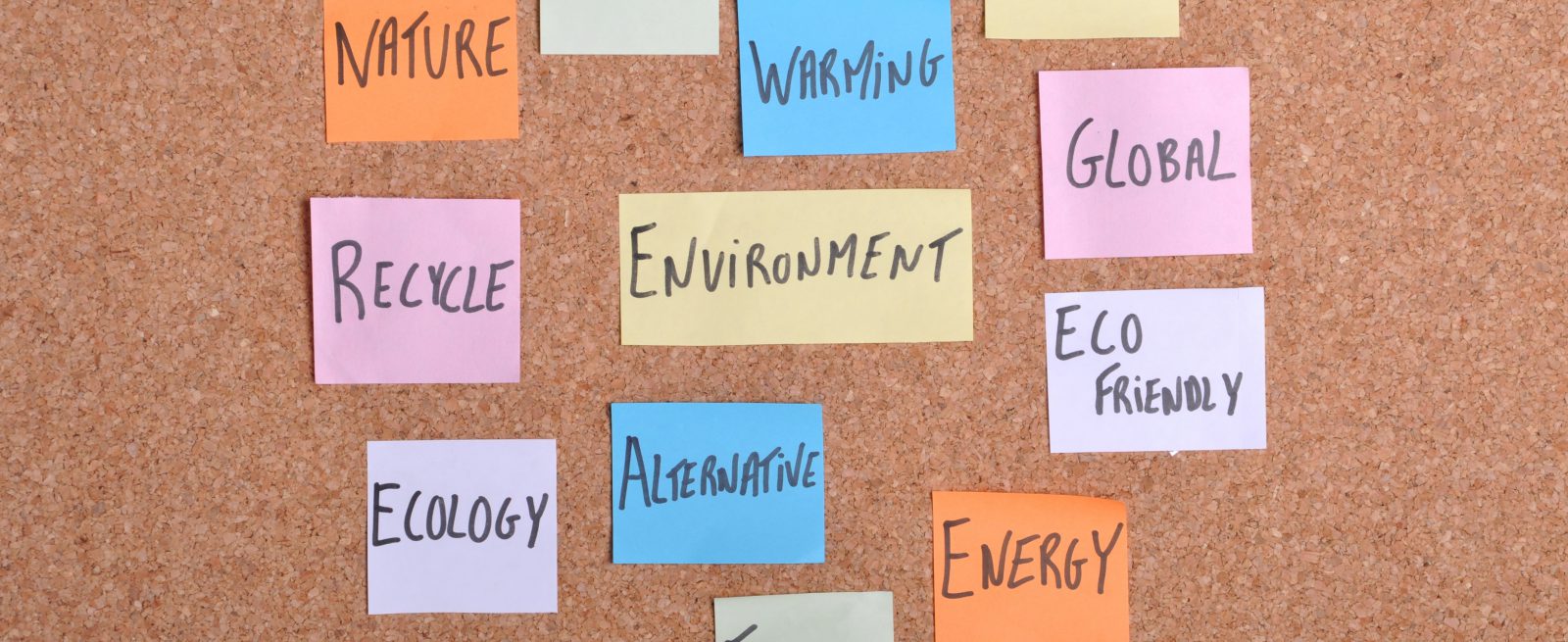Sustainable Solutions Can Reduce Costs While Increasing Profits
3 Min Read By Megan McIntyre
Put simply, sustainability is the ability to endure. A successful business is one that endures. To run a successful restaurant, it is crucial to maximize profit, streamline business functions and reduce waste. While there are long-term facilities changes that restaurants can institute in order to become greener, (such as low flush toilets, energy star appliances, and energy efficient ventilation), there are also some simple and immediate options that can have a measureable impact:
Conserve Energy and Water
1. Switch to energy efficient lighting. To conserve energy and water, use low flow nozzles and appliances as well as energy efficient lighting. Energy efficient lighting like CFLs or LEDs not only use less energy and produce less heat, which can reduce air conditioning costs, but also have a longer lifespan than incandescent bulbs, which produces less waste for landfills.
The sustainability trend tends to focus not only on the bottom line, but the triple bottom line; people, planet and profit.
If the restaurant doesn’t have the infrastructure in place for these methods, there are some simple things to do in the interim:
2. Put up conservation signs. Put up signs to remind employees to turn lights off when not in use and to conserve water. The local Utilities Company may provide these as a courtesy, or a quick internet search may yield the best results to fit the restaurant’s aesthetic.
3. Install low flow water fixtures or aerators. Check with the local utilities provider to see if they offer a free audit consultation. They may even provide aerators to reduce water consumption. Also, find out if there are any incentive programs to upgrade water fixtures. Typically, low flow fixtures see a water reduction of at least 20% compared to conventional fixtures.
4. Create environmentally friendly policies and practices. Power down idle equipment when not in use including the back office printer, coffee machines, etc., and implement practices such as only running dishwashers when full. Use social media for promos; it’s ecofriendly and often more effective than traditional paper based promotional materials.
Reduce-Reuse-Recycle
1. Get reusable cups for employees use. Purchasing reusable containers for employees not only reduces waste but can also save money. Imagine that there are 25 employees working each day and each uses a takeout beverage cup. (This is not hard to imagine because every restaurant always has lids and never have cups on hand.) If each cup costs $0.08 and each of the 25 employees uses one a day, this costs $750 per year!
2. Use recyclable or compostable takeout containers and paper products. In addition to having staff use reusable containers, consider using compostable or recyclable to-go containers as well as recycled content paper products as an effort to reduce paper waste. People usually take less from one-at-a-time napkin dispensers. Change the way that napkins are offered to save both trees and money.
3. Establish composting and recycling practices. Check to see if the local area has a composting solution, which will reduce to amount of waste going to the landfill. Many private compost companies may pick up compostable material for free. Same with recycling. If recycling practices are already established, consider auditing the trash bins to ensure that things are being disposed of properly. By increasing signs and employee education, divert recyclables out of the waste stream and downsize the dumpster to save money.
4. Label bins for sorting. It can be immensely helpful to have signs showing what items can go in the recycling bin. Consider multi-lingual or graphic signs detailing what goes in each bin.
5. Gain employee engagement. Think about creating an in house green team or green champion to encourage or enforce proper procedures. These employees may offer creative ways to reuse menus, go green, and find local sustainable partners and more.
Pollution Prevention
1. Ensure routine cleaning and maintenance. This consists of things like cleaning grease traps, keeping waste storage areas clean, and using sustainable products when possible, as well as staying ahead of the curve for potential new laws and regulations. Someone local may offer free bio-fuel pickup or may even pay for it!
2. Verify proper chemical and cleaning supply storage. Ensure that all chemicals and cleaning supplies are stored, handled, and used properly. This not only protects employees and customers, but can also eliminate fines associated with incorrect practices.
3. Purchase sustainable foods and use green vendors. Purchase sustainable foods when possible. Locally sourced meat and seafood continues to be a growing restaurant trend that may bring in additional sales. Choose green vendors or encourage current vendors to employ green practices.
Going green not only reduces costs and waste, but can also increase employee engagement and retention, as well as satisfaction. Remember that the sustainability trend tends to focus not only on the bottom line, but the triple bottom line; people, planet and profit. Use these tips to make customers and employees happy, reduce wasted resources, and increase profit.


